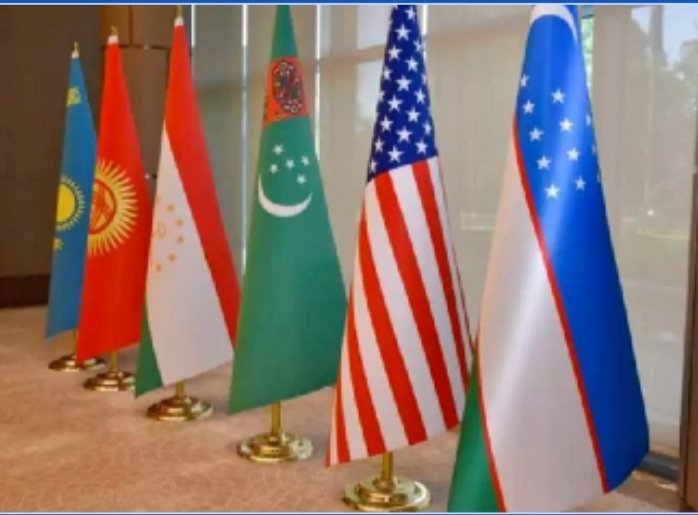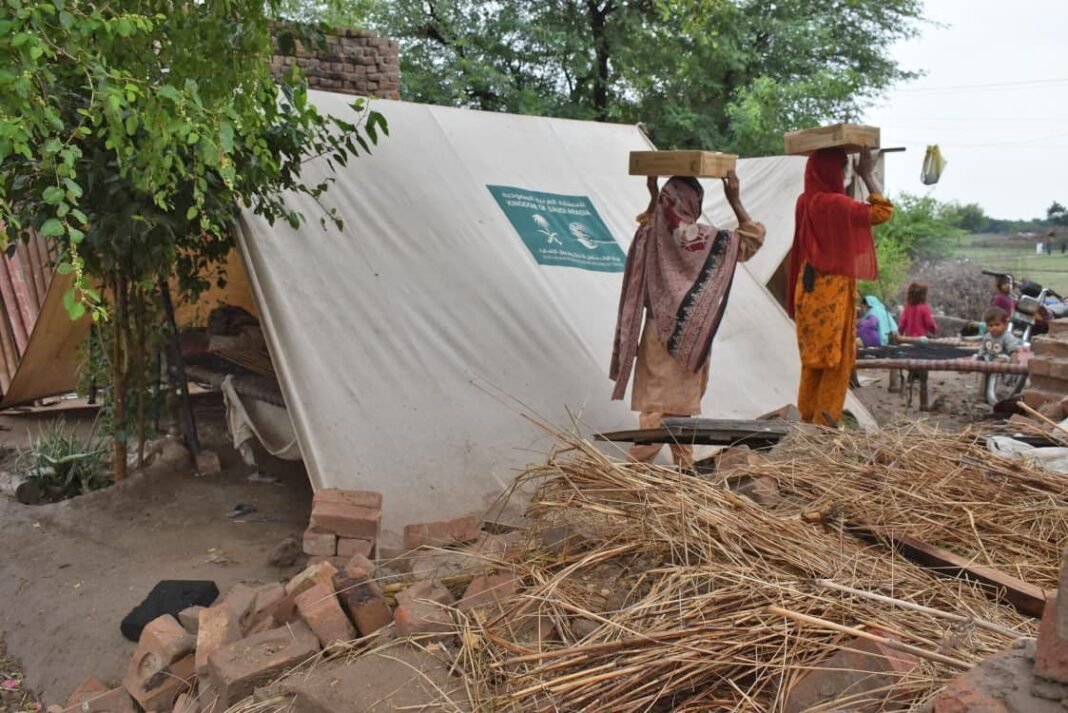
Tashkent :- Modern Central Asia is becoming a space of sustainable growth and mutual trust. The countries of the region demonstrate a strong commitment to building balanced relations with global partners, prioritizing practical initiatives in trade, energy, transport, and innovation. One of the key formats shaping this new architecture is the “C5+1” platform, which unites the Central Asian states and the United States.
Regional Consolidation: Dialogue Based on Equality and Pragmatism
In recent years, the “C5+1” format has evolved from a diplomatic mechanism into an effective platform for coordination and implementation of joint projects. The latest ministerial meeting in Samarkand, attended by the Minister of Investment, Industry and Trade of the Republic of Uzbekistan, Laziz Kudratov, demonstrated a high level of trust and a shared focus on tangible results.
Key topics on the Samarkand agenda included food security, climate resilience, development of green and digital economies, diversification of transport corridors, and deepening industrial cooperation.
Following the meeting, memorandums were signed on decarbonization and digitalization of customs procedures – a step that paves the way for harmonized trade rules, easier exports, and increased investment inflows into the region.
Central Asia: From Fragmentation to an Integrated Economic Space
The figures speak for themselves: the total foreign trade turnover of Central Asian countries has reached $220 billion, almost doubling since 2017, while mutual investments have grown 5.6 times. The region’s combined GDP increased by 40% over the past five years to exceed $406 billion.
These indicators reflect not only growth but also a qualitative shift – from isolated initiatives to a coordinated regional development strategy.
Uzbekistan – Kazakhstan: Industrial and Logistics Core
The Uzbekistan – Kazakhstan partnership exemplifies a new model of integration. Between January and August 2025, mutual trade reached $3.03 billion, up by 15%. Projects exceeding $7 billion are under implementation across engineering, agriculture, construction, and energy sectors. Over 1,100 enterprises with Kazakh capital operate in Uzbekistan, creating jobs and new export niches.
Uzbekistan – Tajikistan: Transport and Energy Bridge
Tajikistan and Uzbekistan are rapidly strengthening railway and energy cooperation. In 2024, cargo traffic between the two countries reached 10 million tons, while regular passenger flights and a joint investment company with a $100 million capital were launched. These are not just numbers – they represent an architecture of trust that enables joint industrial and agricultural clusters.
Uzbekistan – Turkmenistan: Corridors of Growth
Cooperation with Turkmenistan is expanding in energy, logistics, and industry. In 2024, bilateral trade exceeded $1.14 billion, and the Shavat – Dashoguz border zone is evolving into a hub of trade and joint manufacturing. A localization project for repairing Turkmen wagons in Andijan is a vivid example of practical industrial integration.
Uzbekistan–Kyrgyzstan: A “Roadmap” for the Future
The interstate program until 2030 and the Border Regions Council ensure steady progress. From January to August 2025, trade turnover approached $600 million, while Uzbekistan’s exports grew by nearly 80%. New logistics routes are being developed to reduce transport costs and enhance business competitiveness.
“C5+1” as a Catalyst for Development
Participation in the “C5+1” framework gives regional integration new depth – aligning national interests with global sustainability trends.
The United States and regional partners are building long-term cooperation in green energy, resilient supply chains, infrastructure modernization, and human-capital development.
Special attention is given to unified standards for digital trade, environmental management, and logistics technologies, making Central Asia a vital link in Eurasian value chains.
Benefits for the Region and Uzbekistan
For Central Asia, the “C5+1” format provides:
•Investment and technology: opportunities to attract foreign partners for renewable energy, raw-material processing, and digital transformation;
•New markets: expanded export opportunities through unified customs and trade standards;
•Energy security: development of interconnected grids and energy-storage infrastructure;
•Human capital: education, internships, and exchanges with leading global companies.
For Uzbekistan, the advantages are clear:
•Expanded export potential through access to new transport routes;
•Technology localization and industrial partnerships with neighbors;
•Institutional stability and strengthened position as a regional integrator;
•Inflow of direct investment supported by uniform rules and a stable macroeconomic environment.
Conclusion: From Geography to the Economy of the Future
Central Asia is steadily transforming from a “crossroads of geography” into a region of synergy. The “C5+1” format has become a framework connecting the efforts of regional and global partners into a unified development strategy – based on trust, mutual benefit, and sustainable growth.
For Uzbekistan, participation in this platform is not merely a foreign-policy choice, but a practical instrument for achieving its long-term national goals – industrialization, export growth, and improved living standards.
Sohail Majeed is a Special Correspondent at The Diplomatic Insight. He has twelve plus years of experience in journalism & reporting. He covers International Affairs, Diplomacy, UN, Sports, Climate Change, Economy, Technology, and Health.





![logo-1[1]](https://globalnewspakistan.com/wp-content/uploads/2025/01/logo-11-e1737618310315-300x187.png)